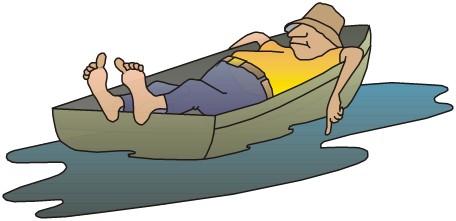
Did you know that… an athlete’s performance is defined mainly by the quickness of muscle relaxation, rather than by the time of muscle contraction? Proper relaxation is an essential component of successful performance in rowing, as well as in many other cyclic sports (such as running, swimming, etc.), and it is closely related to technique. Therefore, we will discuss some of its biomechanical aspects here.
Generally, it is much easier to control the engagement of our body in action than the reverse process of relaxation. For example, we can wake up to an alarm within seconds, but we cannot fall asleep instantly through conscious effort. Muscle contraction is controlled by nerve signals from the brain and spinal cord, but there are no direct neural signals responsible for muscle relaxation – it occurs through chemical processes within the muscles after the nerve signal ceases. The speed and quality of relaxation can vary significantly between athletes, making it an important part of both their natural talent and acquired skills.
Certain muscles must remain relaxed even during the drive phase:
During the recovery phase, muscle relaxation can be improved through the following:
Finally, efficient technique appears relaxed and effortless in any cyclic sport, not just rowing. Conversely, less technically proficient athletes visibly exhibit strain and heaviness. Observe the world’s best runners, swimmers, or skiers – they seem to “fly” ahead of their competitors who are working hard but showing excessive effort and tension. Proper relaxation is critical for achieving the highest technical efficiency
This is a short version of the Newsletter. To access the full text, please subscribe to BioRow membership here: https://biorow.com/membership/
©2025 Dr. Valery Kleshnev